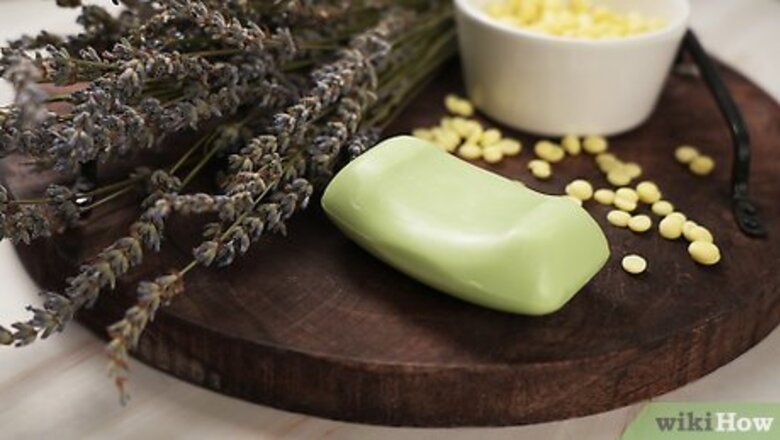
views
Making Liquid Soap from a Bar
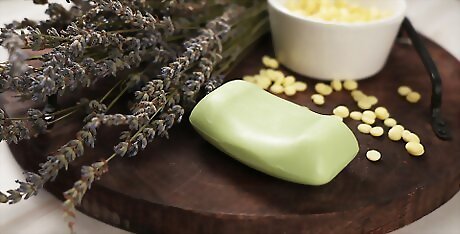
Pick out a bar of soap to use. You can make liquid soap from any bar of soap you have around the house. Use whatever leftover or half-used bars you have, or put some extra thought into your choice to create a liquid soap you can use for a specific purpose. For example: Use a bar of facial soap to make a liquid soap you can use on your face. Use a bar of antibacterial soap to make a good cleansing hand soap to use in your kitchen or bathroom. Use a bar of moisturizing soap to make a liquid soap you can use as body wash. Use unscented soap if you want to add your own scent to create customized liquid soap.
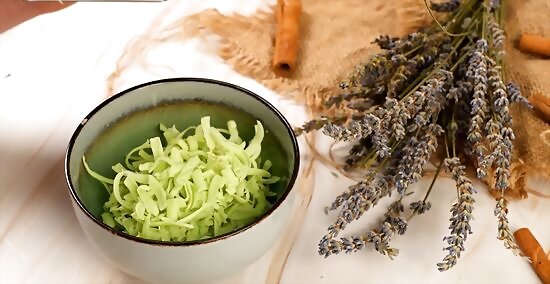
Grate the soap into a bowl. Use a fine cheese grater to grate the entire bar of soap into a bowl. Use the finest grater you have so that when it's time for the soap to melt, the process goes more quickly. You can cut the soap into chunks if that helps you grate it more easily. You should end up with about 1 cup (229 g) of soap flakes. If you have less, grate a second bar of soap. This recipe can easily be doubled or tripled if you want to make a lot of liquid soap. It makes a great gift, especially when it's stored in pretty jars.
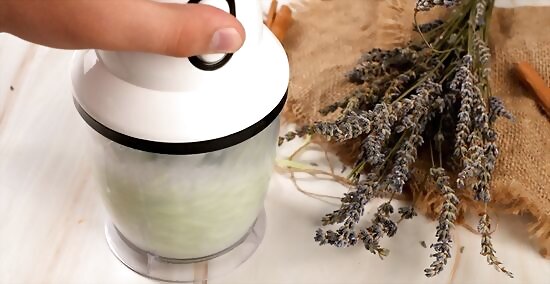
Blend the soap with boiled water. Boil 1 cup (235 ml) of water, then pour into a blender along with the grated soap. Whip the water and soap until it takes on the consistency of paste. Making soap in your blender may leave a residue that's hard to clean out, so if you'd prefer not to use it, you can make your soap on the stove instead. Simply add the soap flakes to the water once it has started to boil on your stove. Try making soap in the microwave as another alternative. Place a cup of water in a microwave safe dish, bring it to a boil in the microwave, add the flakes, and let them sit for a few minutes to melt. Place the dish back in the microwave and heat it up in 30-second increments if it needs more heat.
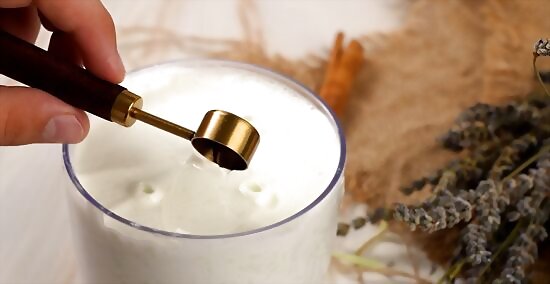
Customize it with extra ingredients. Here's where you can get creative with your liquid soap, especially if you started with an unscented bar. Consider adding the following ingredients if you want to make your liquid soap special: Add glycerin to the mixture. Glycerin acts as a moisturizer for the skin, making liquid soap a little gentler on your body than regular bar soap. Mix in 1 tsp. (5 g) glycerin, stirring until it is thoroughly combined. Mix in honey or lotion to add moisture. Stir in a few drops of essential oil to scent the soap. Add 10 to 20 drops each of tea tree and lavender essential oils to make your soap naturally antibacterial. Use some natural food coloring to change the color. Avoid using standard chemical-based coloring, since it's not good for your skin to absorb.
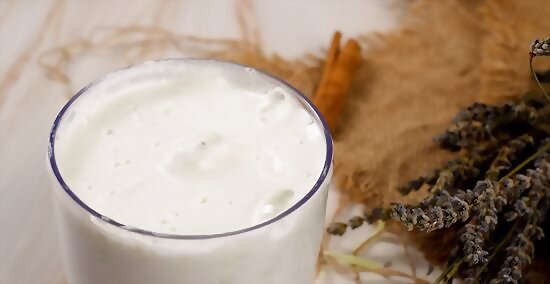
Create the right consistency. Continue to whip the mixture in the blender once it has thoroughly cooled. Gradually pour water into the mixture as it whips until your soap is an ideal consistency. If you're not using a blender, just stir in the water and whisk it vigorously.
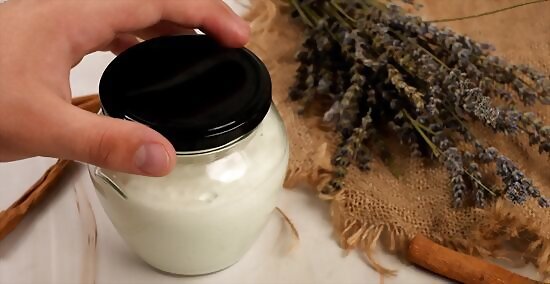
Pour the soap into containers. Once it has completely cooled, you can pour it into jars or pump containers using a funnel. If you have a large amount of soap, put whatever doesn't fit in your containers into a large bottle or jug. Keep the remaining soap on hand to use when refilling your smaller bottles.
Making Liquid Soap from Scratch
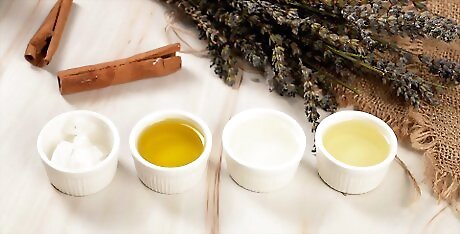
Gather ingredients. In order to get liquid soap to transform and form bubbles, you need the right mix of oils and a chemical called potassium hydroxide, also known as lye. This recipe yields six quarts of soap. You can get these ingredients at health stores, craft stores or online: 11 oz. potassium hydroxide flakes 33 oz. distilled water 24 oz. coconut oil 10 oz. olive oil 10 oz. castor oil 3 oz. jojoba oil
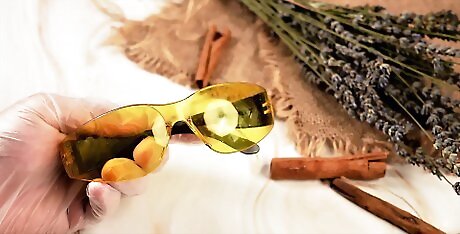
Get the right equipment. When you work with lye, you need to wear safety gear and set up your work area properly. Plan to work in a well-ventilated room with good lighting so you can see what you're doing. You'll need the following supplies: A crock pot Plastic or glass measuring bowls Kitchen scale Stick blender Gloves and protective goggles
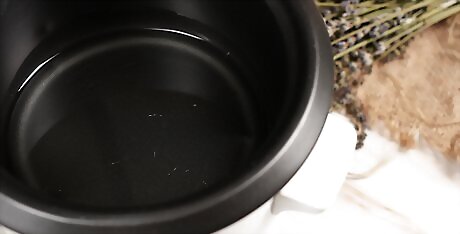
Heat the oils. Weigh the oils and place them in the crock pot on low heat. Make sure you add the exact amount specified for each oil; adding more or less will throw off the recipe.
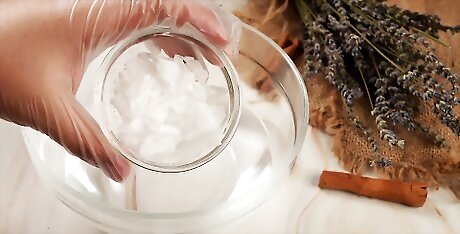
Make the lye solution. Put on your protective gear and make sure the window is open. Weigh the distilled water in a large bowl. Weigh the lye in a separate bowl, then add it to the water. Stir it constantly as you pour it in. Make sure you add the lye to the water, and not the other way around! Adding water to lye causes a dangerous reaction.
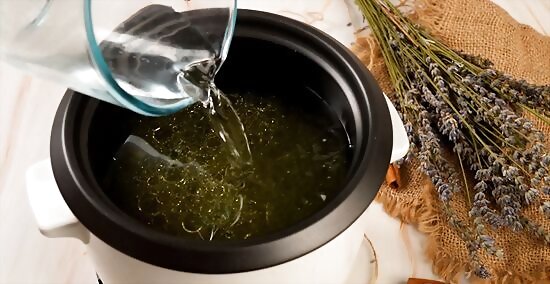
Add the lye solution to the oils. Pour the solution into the crockpot slowly, making sure none splashes back onto your skin. Use the stick blender to blend the lye with the oils to make sure they get thoroughly combined. As you blend the liquids, the mixture will begin to thicken. Continue stirring until it reaches trace, which happens when the mixture gets thick enough that you can run a spoon through it and see the line in its wake. The mixture will continue to thicken into a paste.
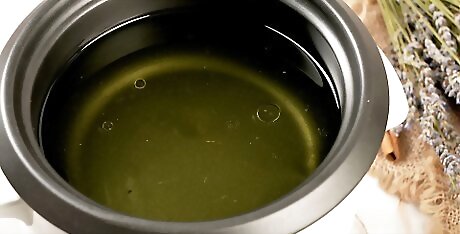
Cook the paste. Continue cooking the mixture on low for about six hours, checking it every 30 minutes to break it up with a spoon. The paste is finished cooking when you can dissolve one ounce of paste in two ounces of boiling water and it comes out clear, rather than milky. If your test comes out milky, keep cooking.
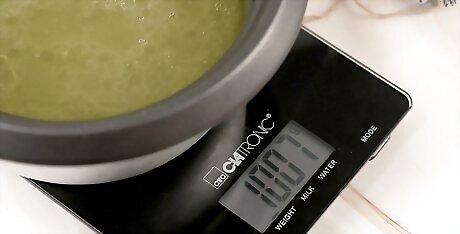
Dilute the paste. You should have about a pound of paste after it's finished cooking; weight it just to make sure, then put it back in the crock pot. Add 33 oz. of distilled water to the paste to dilute it. It may take a few hours for the paste to get completely dissolved into the water.
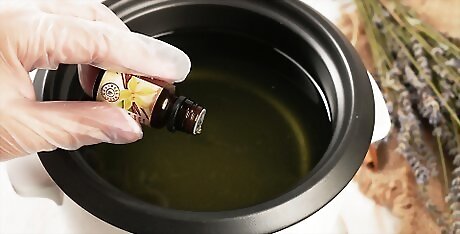
Add fragrance and color. Use your favorite essential oil and a natural food coloring to add a special scent and color to your soap once it has been diluted.
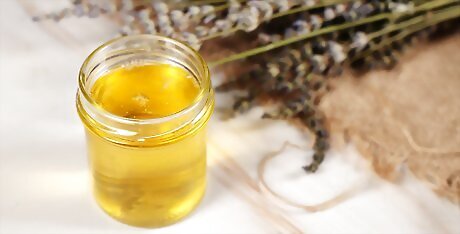
Store the soap. Pour the soap into jars you can seal, since you'll have a lot more than you can use at one time. Pour the soap you want to use into a soap bottle with a pump dispenser.










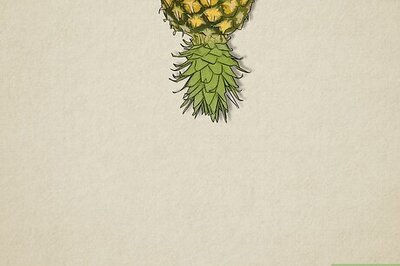

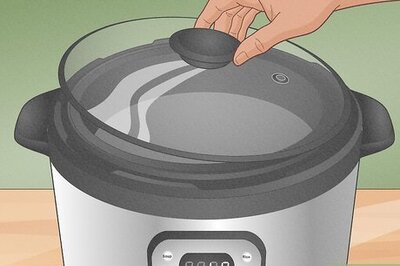
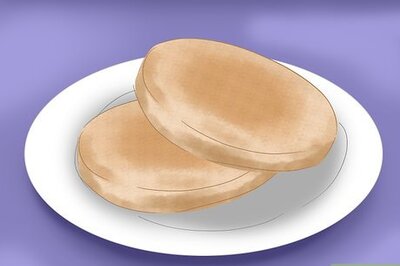

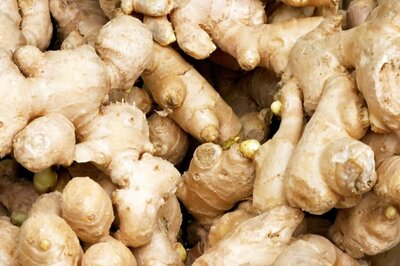
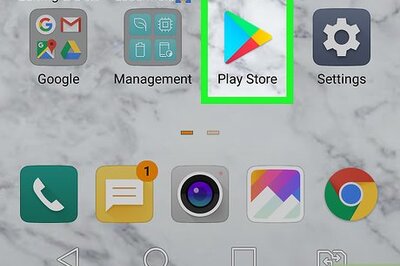
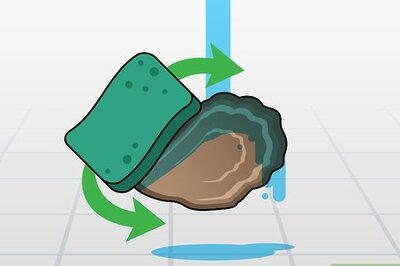
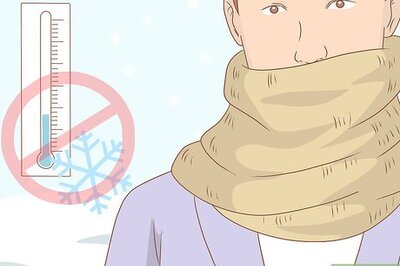
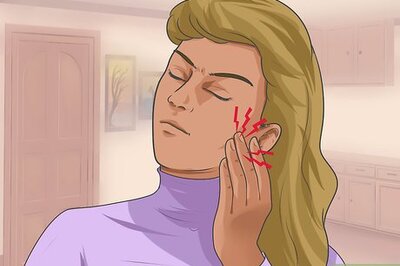
Comments
0 comment